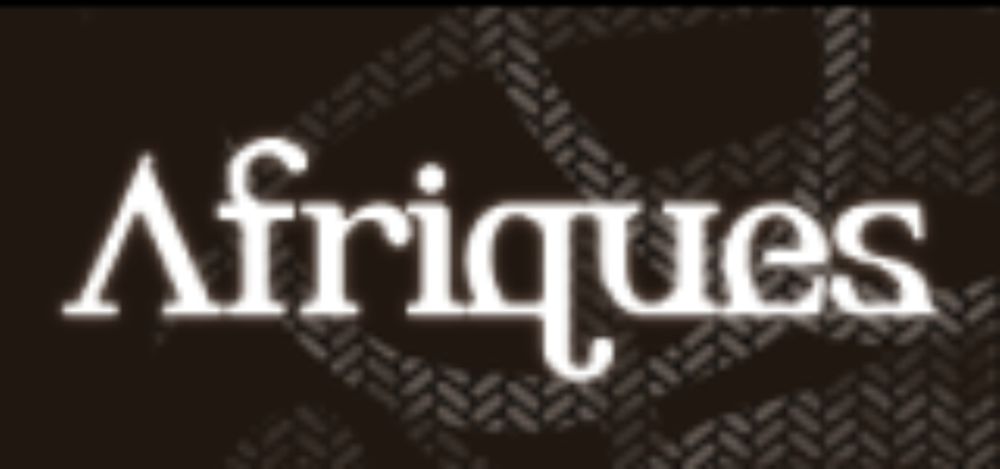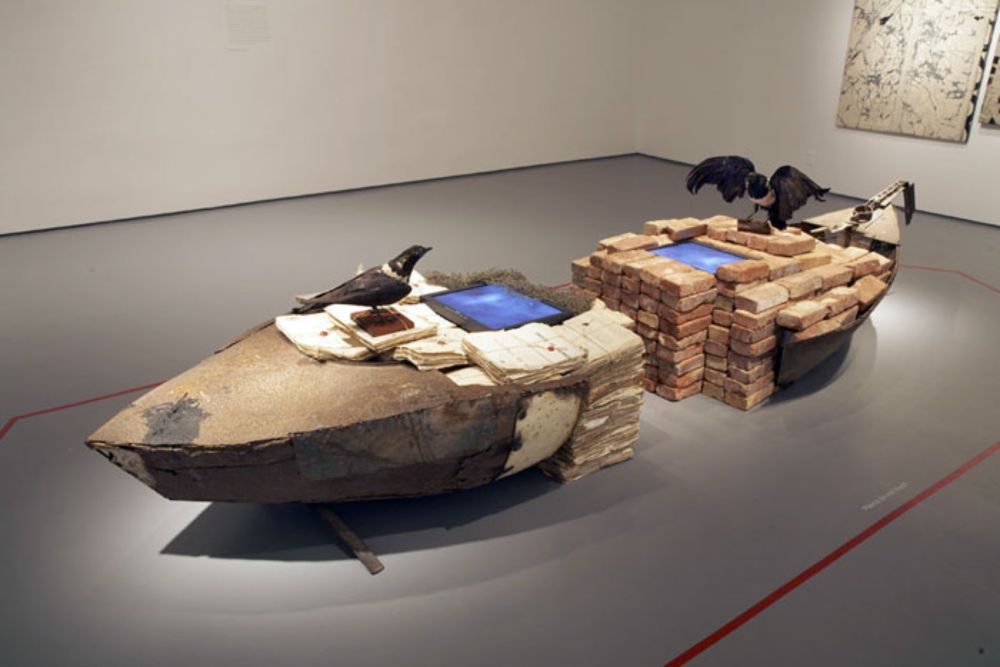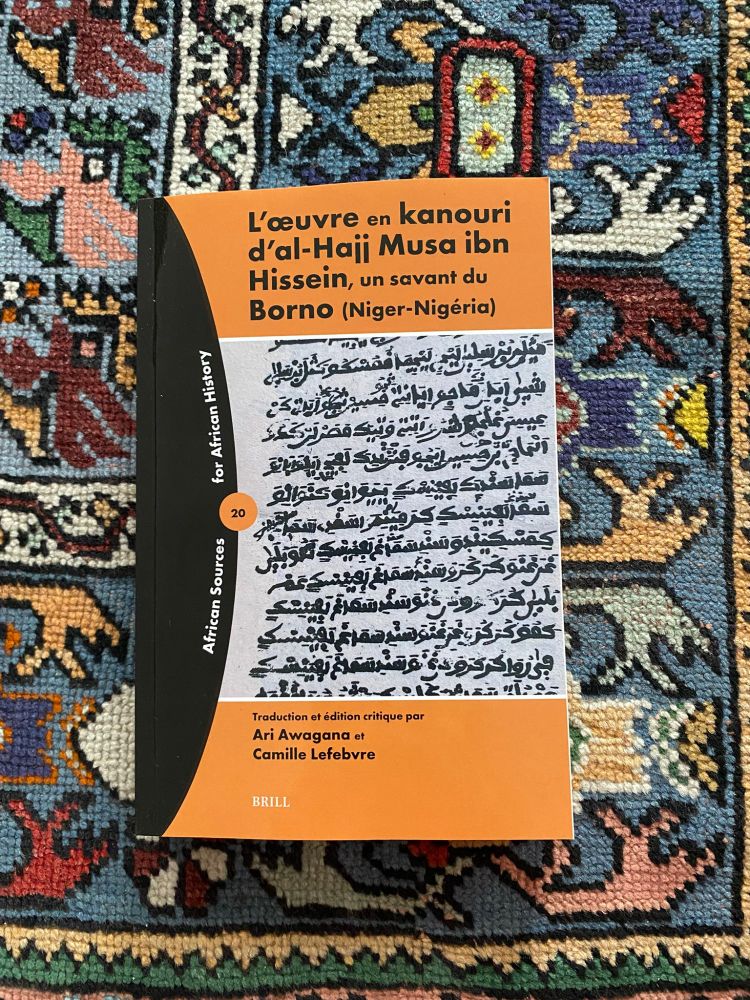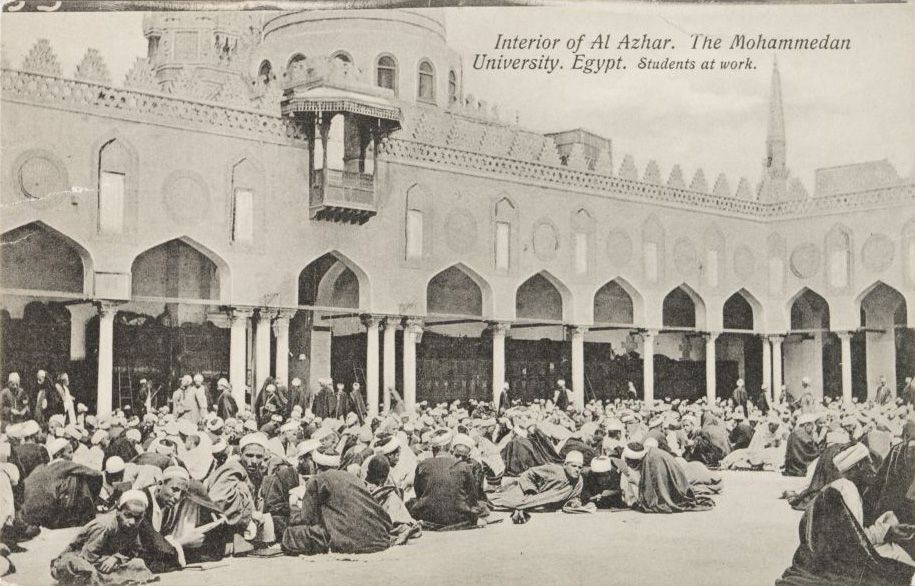Afriques. Débats, Méthodes et Terrains d'Histoire
@afriques.bsky.social
280 followers
130 following
42 posts
Internationally refereed, Afriques is an academic journal about African worlds focusing on periods prior to the twentieth century.
journals.openedition.org/afriques/
afriques.hypotheses.org/
Posts
Media
Videos
Starter Packs
Reposted by Afriques. Débats, Méthodes et Terrains d'Histoire
Reposted by Afriques. Débats, Méthodes et Terrains d'Histoire
Reposted by Afriques. Débats, Méthodes et Terrains d'Histoire
Reposted by Afriques. Débats, Méthodes et Terrains d'Histoire
Reposted by Afriques. Débats, Méthodes et Terrains d'Histoire
Reposted by Afriques. Débats, Méthodes et Terrains d'Histoire
Indravati FÉLICITÉ
@indravati.bsky.social
· May 17

L’historienne Camille Lefebvre : « la colonisation travaille à bas bruit notre société »
L'historienne souligne le poids du passé colonial dans le présent de la République et la nécessité de l'affronter, qu'il s'agisse du traitement des migrants ou des musulmans.
histoirecoloniale.net





















